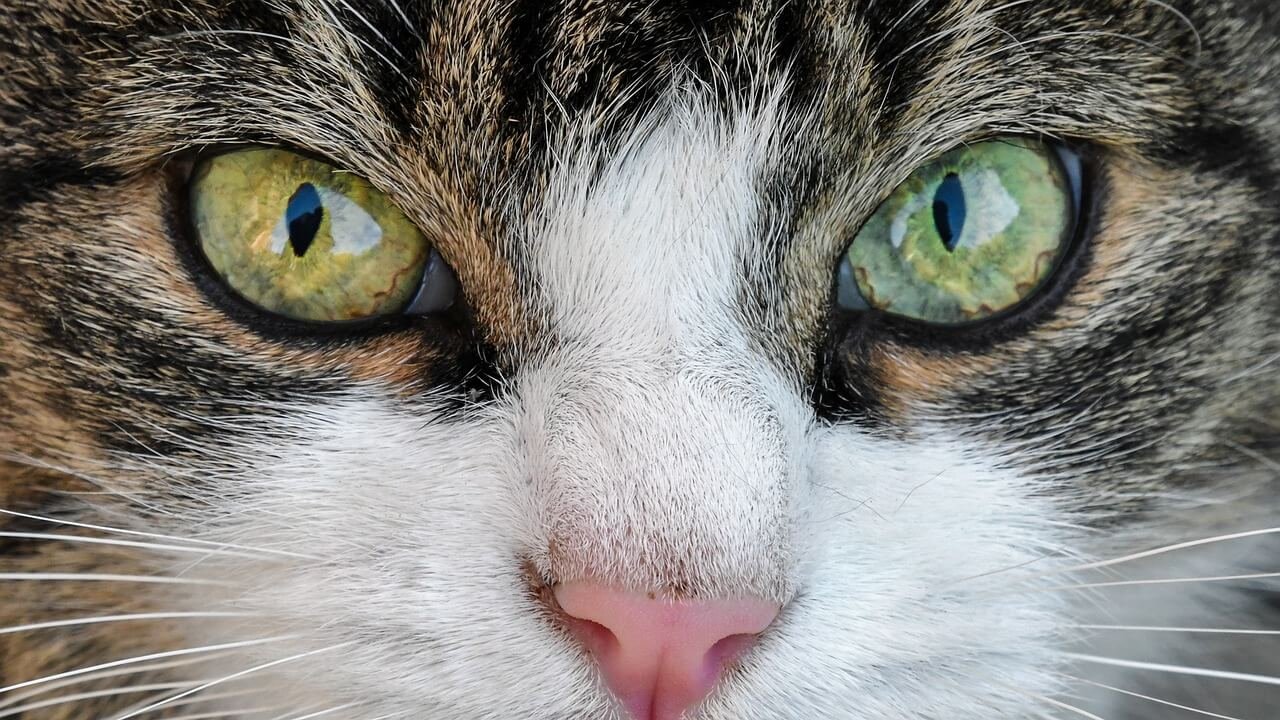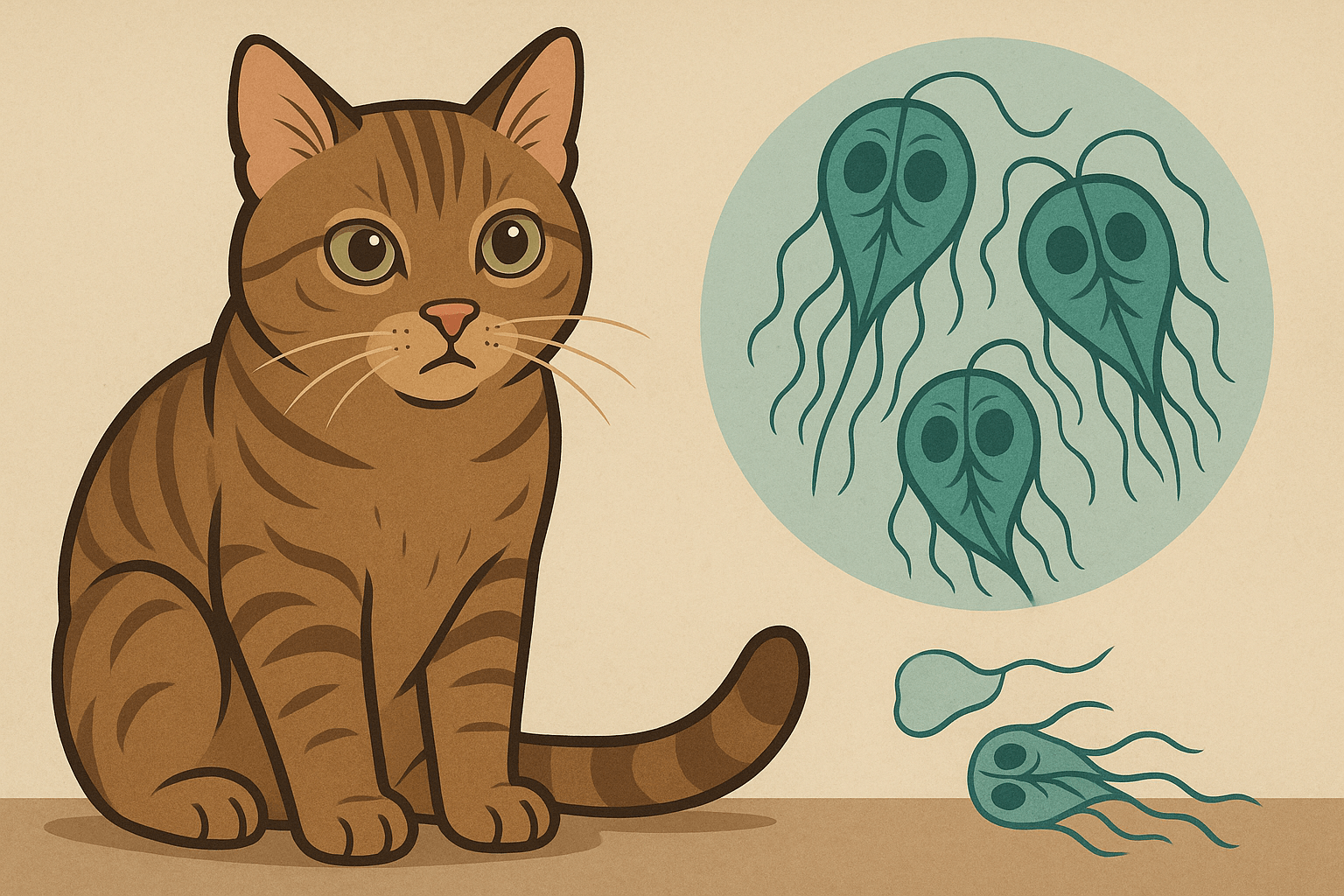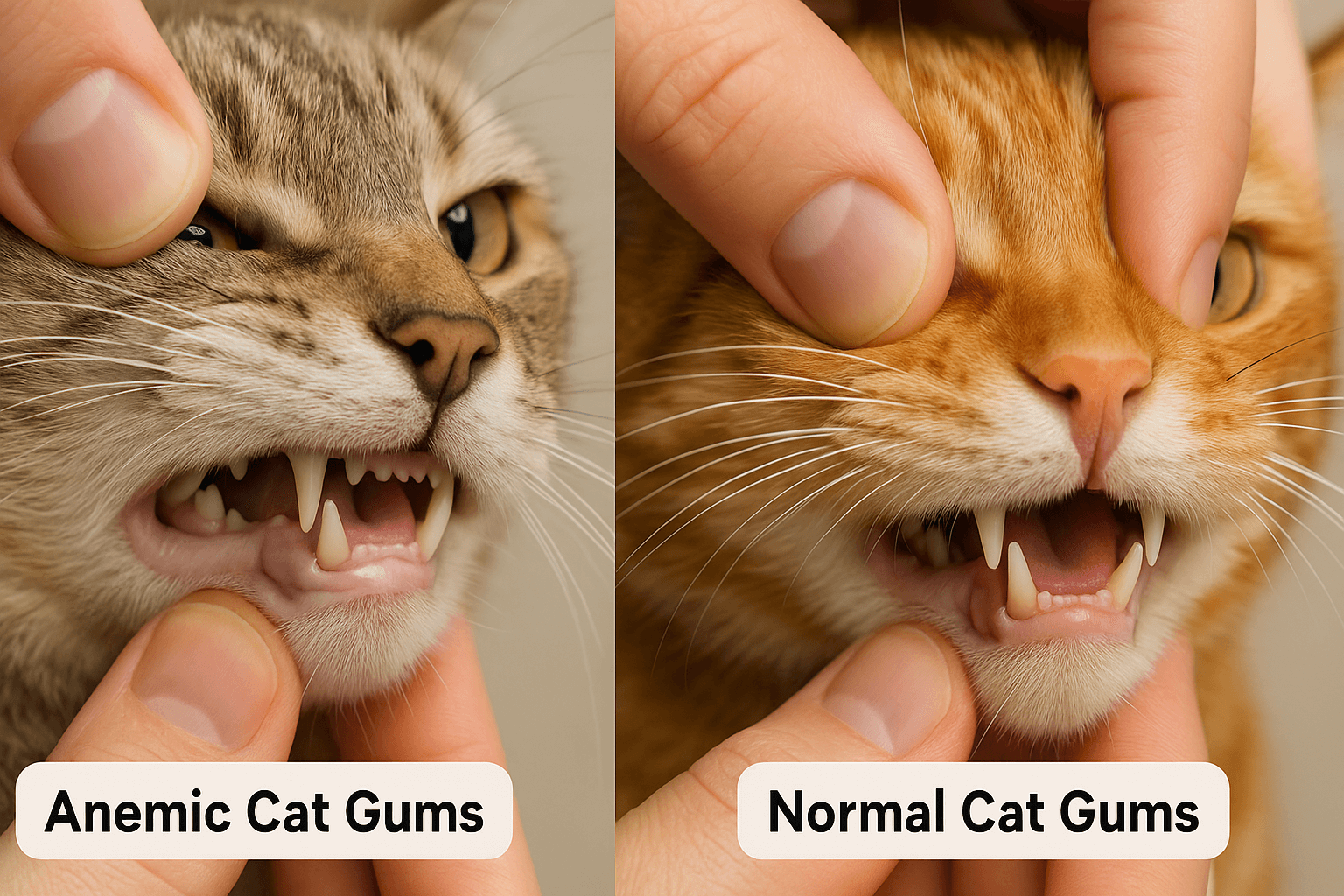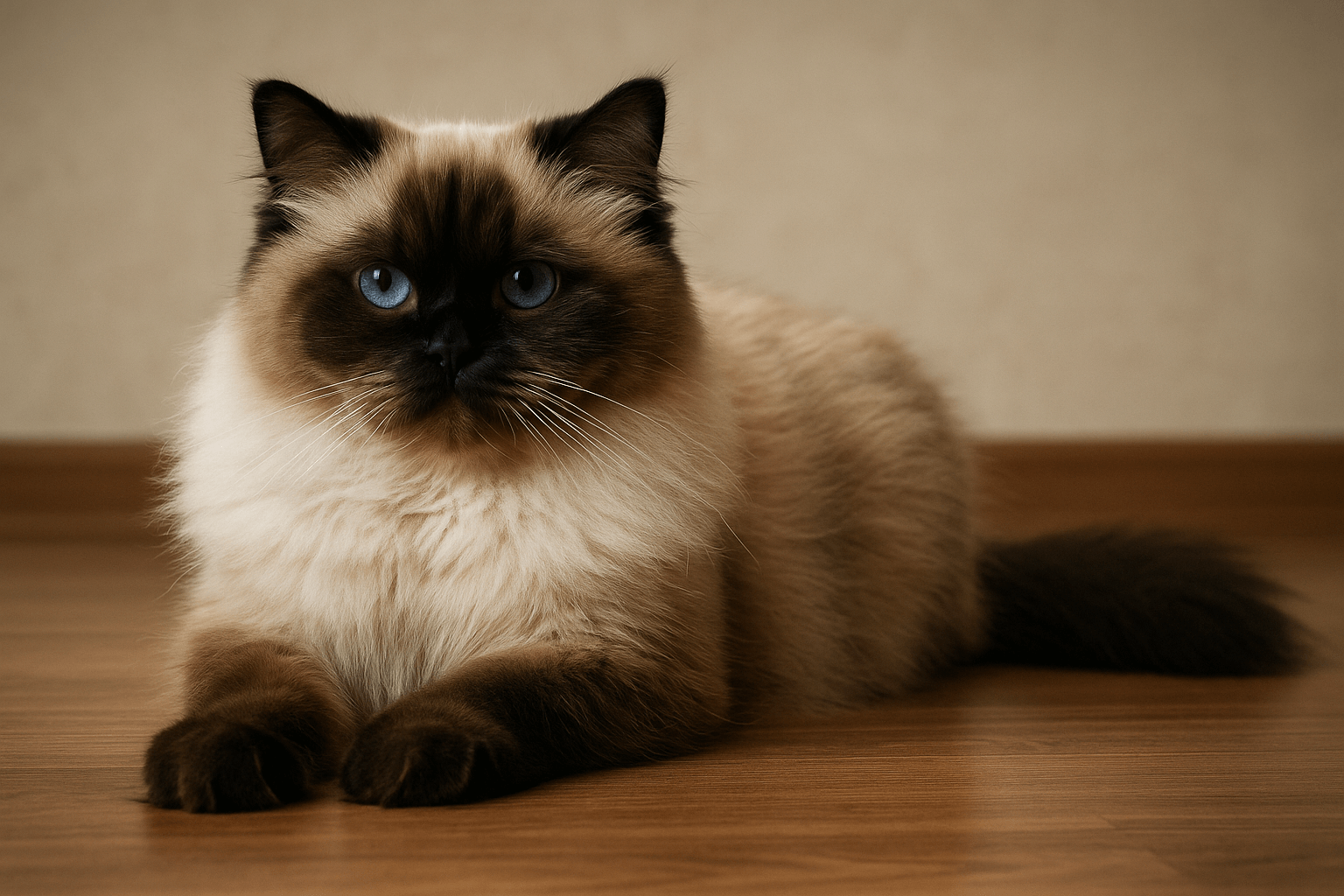Why Does My Cat Touch Noses with Me?
If you’ve ever found yourself locking eyes with your feline friend only to have them gently touch their nose to yours, you’re not alone. This adorable behavior is a common way cats communicate affection and trust with their human companions. But what does it really mean when your cat touches noses with you? Is it simply a sign of love, or is there more to this sweet gesture? In this blog post, we’ll explore the fascinating reasons behind this behavior, uncover its deeper meanings, and provide insights into how you can strengthen your bond with your cat through understanding their unique ways of connecting.
The Meaning Behind Nose Touching in Cats
Nose touching is a form of communication that carries significant meaning in the feline world. Understanding why your cat engages in this behavior can help you better appreciate their emotional needs and strengthen your relationship.
A Greeting Ritual:
In the wild, cats often greet each other by touching noses as a friendly acknowledgment. Your cat may be extending this tradition to you as part of their social interaction.A Sign of Trust:
Cats are naturally cautious animals, so allowing you to get close enough for a nose touch signifies deep trust and comfort in your presence.Bonding Through Scent Exchange:
When cats touch noses, they share scents, which helps them recognize and bond with one another. By doing this with you, your cat is including you in their “family circle.”Affection and Connection:
Nose touching is a subtle yet powerful way for your cat to express love and affection toward you, much like a human hug or kiss.Curiosity About You:
Cats use their sense of smell to learn about their surroundings. A nose touch might also be your cat’s way of investigating your scent and emotions.
This simple act of nose touching reveals the depth of your cat’s feelings and their desire to connect with you on a personal level.
How to Respond to Your Cat’s Nose Touches
When your cat initiates a nose touch, responding appropriately can reinforce your bond and make them feel secure. Here are some ways to react positively to this gesture.
Stay Calm and Still:
Avoid sudden movements or loud noises, as these can startle your cat. Simply remain calm and let them complete the interaction.Offer Gentle Affection:
After the nose touch, pet your cat softly or speak in a soothing voice to show your appreciation for their affectionate behavior.Maintain Eye Contact:
Slowly blink at your cat after the nose touch—a “cat kiss” that signals trust and love in feline body language.Respect Their Space:
If your cat pulls away after the nose touch, respect their boundaries and give them time to relax before interacting again.Reward Their Behavior:
Offer a small treat or toy after the interaction to encourage positive associations with nose touching.
By responding thoughtfully, you can deepen your connection with your cat and create a safe, loving environment for them.
Check this guide 👉Why Is My Cat So Clumsy? Best 7 Expert Tips!
Check this guide 👉Why Is My Cat Meowing at the Wall? Best 7 Expert Tips!
Check this guide 👉Why Do Cats Scratch Posts? Best 7 Expert Tips!
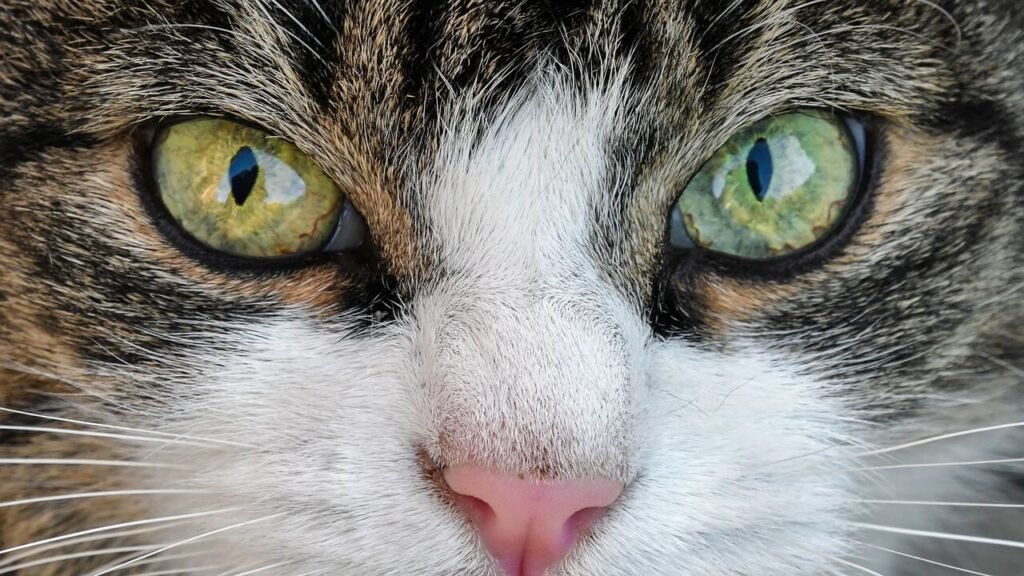
Ways Cats Communicate Affection | What These Gestures Mean |
|---|---|
Nose touching | A sign of trust, greeting, and bonding |
Slow blinking | A “cat kiss” showing relaxation and love |
Head bunting | Marking you as part of their territory |
Purring | Expressing contentment and seeking comfort |
Kneading | Recreating kittenhood memories of nursing |
Other Ways Cats Show Affection Beyond Nose Touching
While nose touching is a clear sign of affection, cats express their love in many other subtle and endearing ways. Recognizing these behaviors helps you understand just how much your cat adores you.
Purring Loudly:
Cats often purr when they’re happy or seeking comfort. If your cat purrs near you, it’s a strong indicator of their attachment.Following You Around:
A cat who shadows your every move is showing curiosity and devotion, wanting to stay close to their favorite person.Grooming You:
Licking your hand or face mimics how cats groom each other in their social groups—a true sign of acceptance and care.Bringing You “Gifts”:
Whether it’s a toy mouse or an unfortunate bug, these offerings reflect your cat’s instinct to provide for you.Sleeping Near You:
Cats value safety and warmth. Choosing to nap beside you demonstrates their trust and desire for closeness.
These gestures, combined with nose touching, paint a picture of a deeply bonded and loving relationship between you and your cat.
Misinterpretations of Feline Behavior
While cats communicate clearly in their own way, humans sometimes misread their signals. Avoiding misunderstandings ensures you respond appropriately to your cat’s actions.
Confusing Playfulness with Aggression:
Cats may nip or bat during play, but these behaviors aren’t meant to harm—they’re invitations to engage further.Mistaking Independence for Disinterest:
Cats value alone time, but that doesn’t mean they don’t love you. They simply need space to recharge.Thinking Hissing is Always Hostile:
Hissing is often a defensive reaction rather than outright aggression—your cat may feel threatened or scared.Believing All Meows Are Demands:
While some meows indicate hunger or attention, others serve as friendly greetings or expressions of joy.Overlooking Subtle Body Language Cues:
Tail flicks, ear positions, and slow blinks all carry meaning. Paying attention to these details improves communication.
By learning to interpret your cat’s behavior accurately, you can foster a stronger and more harmonious relationship.
Why Cats Use Scent to Communicate
Cats rely heavily on scent to communicate with others, including their human companions. This olfactory language plays a key role in their interactions and relationships.
Scent Marking Establishes Ownership:
Cats rub their faces or bodies against objects (and people) to mark them with their scent, claiming ownership and familiarity.Shared Scents Build Trust:
When cats exchange scents through nose touches or head bunts, they’re creating a shared “group scent” that strengthens bonds.Detecting Emotions Through Smell:
Cats can pick up on pheromones and subtle changes in scent to gauge another’s mood, health, or intentions.Comfort in Familiar Scents:
Surrounding themselves with familiar smells, such as your scent, provides comfort and reduces anxiety.Scent Overrules Sight:
For cats, scent is often more reliable than visual cues, making it a primary mode of communication.
Understanding the importance of scent helps explain why nose touching and similar behaviors are so meaningful to your cat.
Signs Your Cat Feels Secure Enough to Nose Touch
For a cat to initiate nose touching, they must feel completely safe and comfortable in their environment. Look for these signs that indicate your cat trusts you deeply.
Relaxed Body Language:
A loose, open posture suggests your cat feels at ease around you, making them more likely to engage in intimate behaviors like nose touching.Purring and Vocalizations:
Happy sounds like purring or chirping signal contentment and readiness to connect emotionally.Choosing to Be Near You:
Cats who seek out your company voluntarily are expressing confidence in your presence.Slow Blinking During Interactions:
The “slow blink” is a nonverbal cue of trust and affection, often accompanying nose touches.Playful Behavior Without Fear:
Engaging in playful antics without hesitation shows your cat feels secure and enjoys your company.
These indicators confirm that your cat views you as a trusted ally and valued member of their inner circle.
How to Strengthen Your Bond Through Nose Touching
Building on the foundation of nose touching can help solidify your bond with your cat and enhance your relationship over time. Try these strategies to nurture your connection.
Mirror Their Behavior:
Gently mimic your cat’s nose touch or slow blink to show you understand and appreciate their communication style.Create Positive Associations:
Pair nose-touching moments with treats, toys, or gentle praise to reinforce the positive experience.Engage in Interactive Play:
Playing together builds trust and encourages physical closeness, paving the way for more nose touches.Respect Their Boundaries:
Allow your cat to initiate contact, and never force them into interactions they aren’t ready for.Practice Patience and Consistency:
Building trust takes time. Stay consistent in your responses to ensure your cat feels loved and understood.
By embracing these practices, you can transform nose touching into a cornerstone of your relationship, fostering a lifetime of love and loyalty.
Frequently Asked Questions About Cats and Nose Touching
Is nose touching unique to certain breeds?
No, nose touching is a universal feline behavior observed across all breeds and mixed-breed cats.
Should I touch my cat’s nose back?
Yes, gently touching your nose to theirs can be a wonderful way to reciprocate their affection.
What if my cat doesn’t touch noses with me?
Not all cats display this behavior—it doesn’t mean they don’t love you. Every cat has their own way of showing affection.
Can nose touching spread germs?
Generally, no. However, washing your hands after handling your cat is always good hygiene practice.
Does nose touching mean my cat sees me as another cat?
It likely means your cat views you as a trusted companion, regardless of whether they see you as a fellow feline.
Celebrating the Unique Bond Between You and Your Cat
Nose touching is just one of the many ways your cat expresses their love and trust in you. By understanding the meaning behind this gesture—and recognizing other forms of feline affection—you can deepen your connection and create a lifelong partnership built on mutual respect and care. Remember, every cat is unique, and their individual quirks make them even more special. Embrace these moments of connection, and cherish the privilege of being part of your cat’s chosen family.
Giardia in Cats: Best 7 Expert Tips! Discover expert advice on identifying, treating, and preventing giardia in cats to ensure your feline stays happy and healthy.
Cat Hyperventilating: Best 7 Expert Tips! Discover signs, causes, and solutions for cat hyperventilation. Learn how to calm your cat and when to seek veterinary care for their breathing issues.
Anemic Cat Gums vs Normal: Best 7 Expert Tips! Learn to spot signs of anemia in cats, understand gum health, and ensure your feline stays happy and healthy with expert advice.
Himalayan Cat Size: Best 7 Expert Tips! Discover expert advice on Himalayan cat size, growth factors, care tips, and how to ensure your feline stays healthy and happy.

